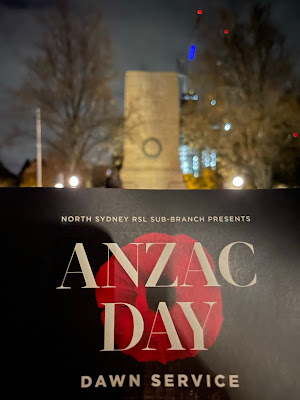It has been a while since my last post but all has not been stopped. Slow progress has been made with the Covid lockdown restrictions being remove over the last few months meaning less time to do modelling and more time with family and other commitments.
I thought I provide an update on the catenary work that I have been doing since there was much interest on the Facebook Group- NSW Electric Multiple Unit Modelling Group. With the large range of Sydney suburban electrical rolling stock and motive units available I think it is appropriate that if these are on the layout that catenary wire is present. My 1950s Sydney layout Wardell needs to have the catenary wire to provide the realism.
Below is my complete catenary gantry representing the early style of catenary overhead used in Sydney when electrification took place in the mid 1920s.

Background
Most of the commercially available catenary overhead parts and supplies are from Europe mostly Sommerfeldt and now Peco. These represent the European prototype such as Germany and Switzerland. Southern Rail Models in Australia previously produced overhead stanchions both double and single track (Inside and outside) which provided a more modern look. All of my 1970s section of my layout, "West Wardell" and the area around Wardell Station uses these models. These are now no longer produced unless Southern Rail Models do a rerun of them.
Above: Unopened pack of Double Track Overhead Stanchion by Southern Rail Models
Overhead Wires
Sommerfeldt have different length wires which can be purchased individually to be used for catenary wiring. I found on Ebay a couple of boxes of Lima Golden Series overheads that were 33cm long (24 in a box). I purchased these years ago before I had my layout to provide the overhead. These are a bit thicker than the Sommerfeldt brand but more sturdier. To enable the wire to cover different lengths such as at turnouts and crossovers I just trim the wire on each side or cut it at the appropriate length.
Modelling the early Sydney catenary gantry
My basis of the overhead gantry used in Sydney during the early part of the 20th Century was a photo from Bergs promo of their U-Boat order form. I searched Ebay and google to find an appropriate model of the gantry that would represent this photo and found a laser cut one on Ebay from a UK supplier. I bought a pack of ten but these just sat in box of to-do-list for quite a few years.
It wasn't until I was doing the double track section of my 1950s Wardell layout that I intended to work out how I could use these. After discussions with All Aboard in NSW I bought some Sommerfeldt insulators (#305) and extension for crossspan (#166) and cut these into lengths to provide support for the catenary wiring. I also used some of my off cuts from my Lima Golden Series catenary wire and held it together with super glue. To finish it off I painted the insulators white.




.jpg)



































